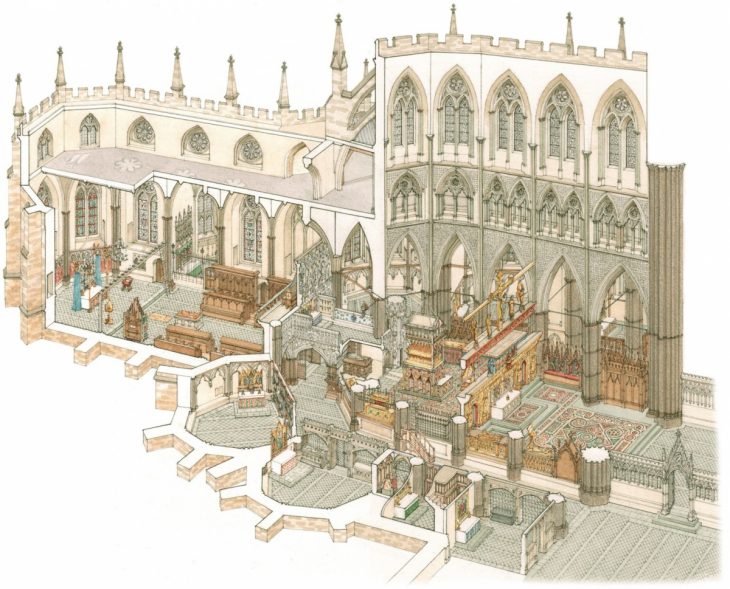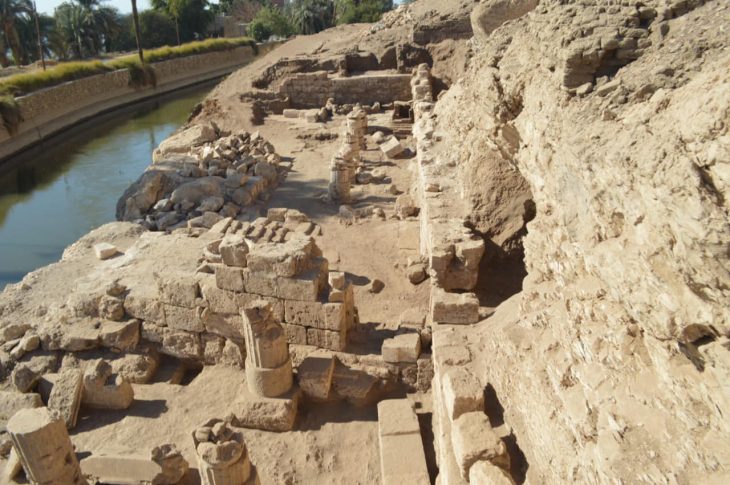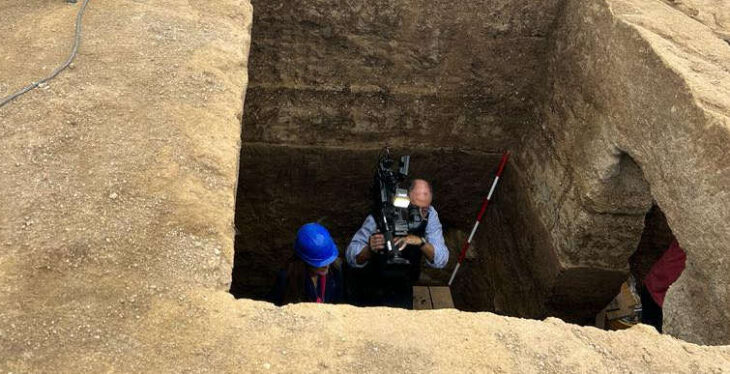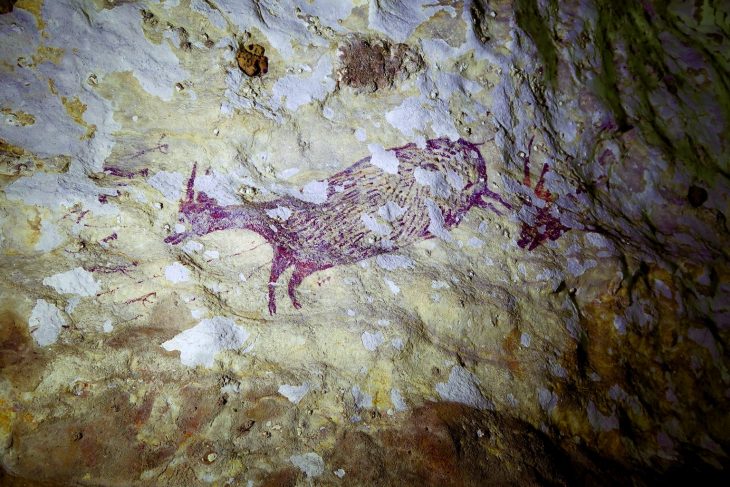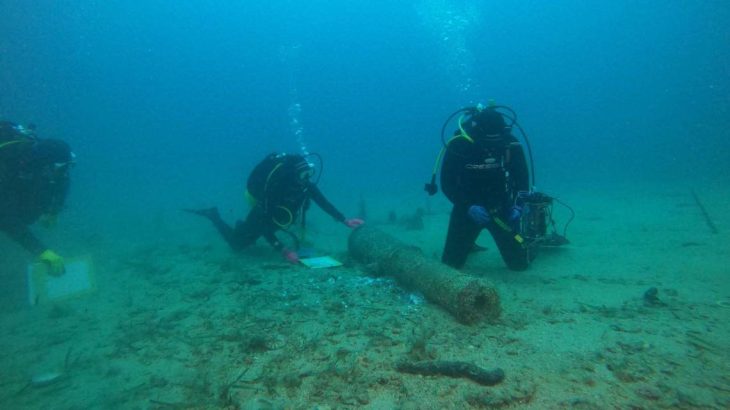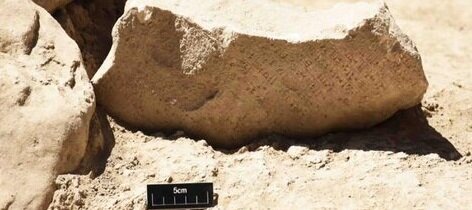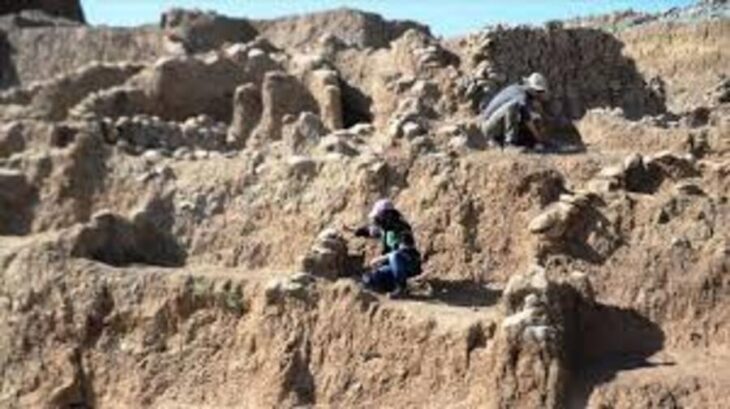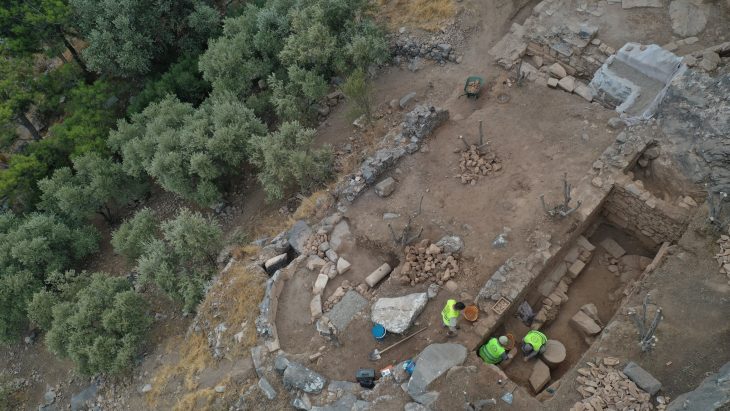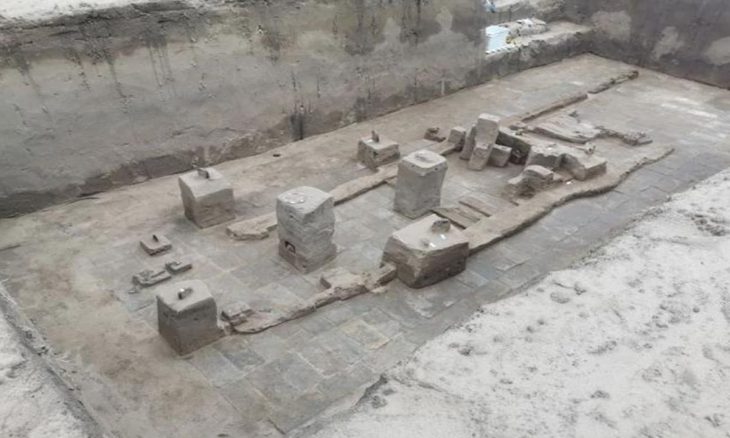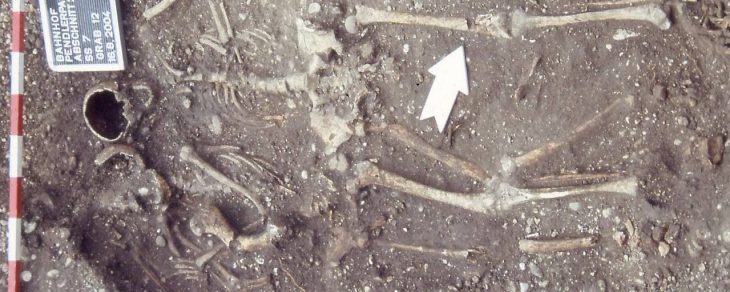Recent research has unveiled the impressive sanitation systems of medieval Córdoba, revealing that the city’s infrastructure was so advanced that it would not be matched in Europe until the twentieth century. Between the 10th and 13th centuries, Córdoba established a comprehensive approach to urban hygiene, characterized by an elaborate network of sewers, well-maintained cesspits, and community-driven cleanliness initiatives.
The study, conducted by Rafael Blanco-Guzmán and Jesús Atenciano-Crespillo and published in Al-Masāq: Journal of the Medieval Mediterranean, draws on over 300 archaeological excavations alongside historical documents from the Islamic period of al-Andalus. This extensive research illustrates a city that not only prioritized cleanliness through its infrastructure but also fostered a strong sense of civic responsibility and environmental stewardship among its residents.
Central to Córdoba’s sanitation success was its sophisticated sewer system, which served the walled Medina, the city’s core during its time as the capital of the Umayyad Caliphate. Likely initiated under the rule of ʿAbd al-Rahmān III and expanded during Almanzor’s reign, this network was constructed using durable materials such as ashlar masonry, sealed with lime mortar and topped with stone slabs. Wastewater was efficiently channeled through this underground system and ultimately discharged into the Guadalquivir River. The authors suggest that the scale and complexity of this network indicate it was a product of centralized planning, possibly overseen by the caliph or his close advisors.

The longevity of the sewer system is notable, with parts remaining operational even after the Christian conquest in 1236, and some sections continued to function for centuries thereafter. In contrast, sanitation in the residential areas relied on cesspits connected to latrines in private homes. These pits were typically shallow and strategically located away from water sources, allowing the soil to act as a natural filter to safeguard groundwater. This understanding of sanitation was shared by both authorities and residents, reflecting a collective awareness of public health.
By the 10th century, latrines had become a common feature in Andalusī homes, often positioned near the street to facilitate waste disposal through ceramic drains. In some cases, cesspits were shared among neighboring households, typically with mutual consent, often within extended families. To avoid contamination, residents were careful about placing cesspits in closed alleyways, ensuring that all neighbors agreed before proceeding.

The research also indicates that urban planning in certain suburban districts included provisions for latrines from the outset, a feature not commonly found in other cities of the time. The culture of cleanliness in Córdoba extended beyond mere infrastructure; it was a communal obligation embedded in legal norms and social expectations. Residents were responsible for maintaining the cleanliness of the areas directly in front of their homes, a practice supported by the Islamic legal principle of fina, which emphasized individual responsibility for local cleanliness.
Municipal officials, such as the lord of the market and the judge, had the authority to intervene when necessary, particularly to prevent water contamination or resolve disputes related to sanitation practices. Even the maintenance of cesspits was subject to regulation, highlighting the importance of this work despite its low-status perception. Cleaning these pits, often carried out by marginalized laborers, was essential for the effective functioning of the city’s sanitation system and was compensated fairly.
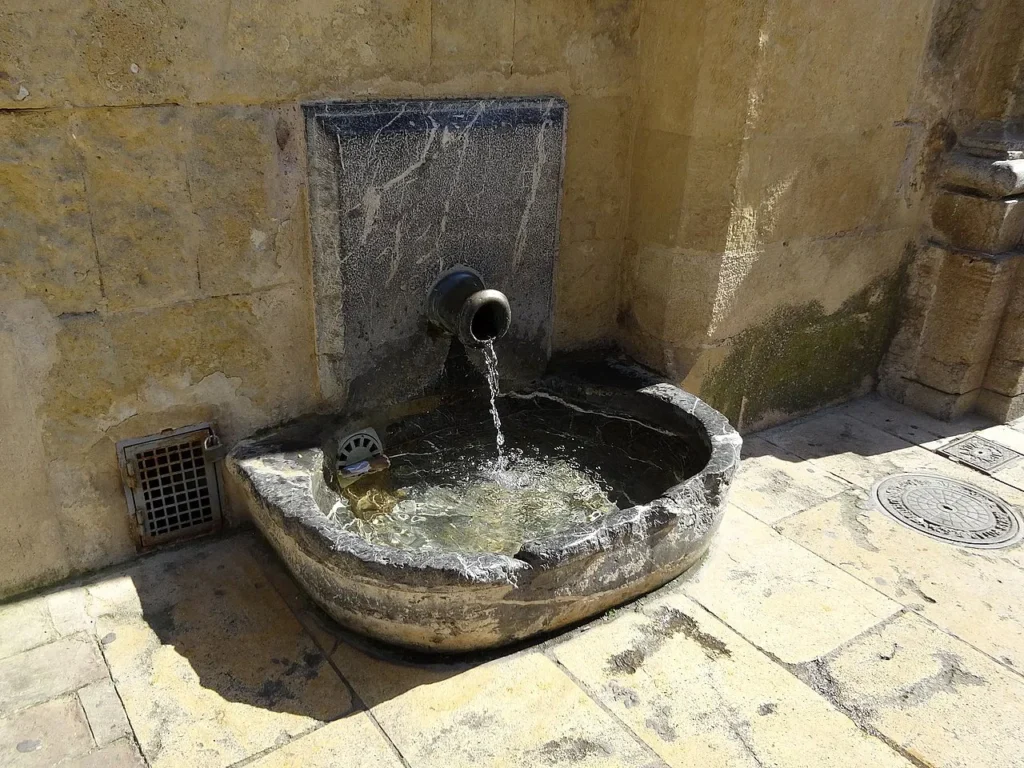
Córdoba’s sanitation achievements challenge long-standing assumptions about medieval urban hygiene. The authors argue that the hygienic advancements of al-Andalus, rooted in community solidarity and authoritative oversight, would not be equaled in Europe until the twentieth century. Far from being an afterthought, sanitation in Córdoba was the result of deliberate planning, legal frameworks, architectural foresight, and public cooperation. This reveals a medieval city that was not only committed to beauty, learning, and commerce but also to the health and cleanliness of everyday life.
Blanco-Guzmán, R., & Atenciano-Crespillo, J. (2024). Urban Sanitation in al-Andalus: The Case of Qurṭuba (Tenth to Thirteenth Century). Al-Masāq, 37(1), 1–23. https://doi.org/10.1080/09503110.2024.2323894
Cover Image Credit: Official seal of Córdoba – Wikipedia


